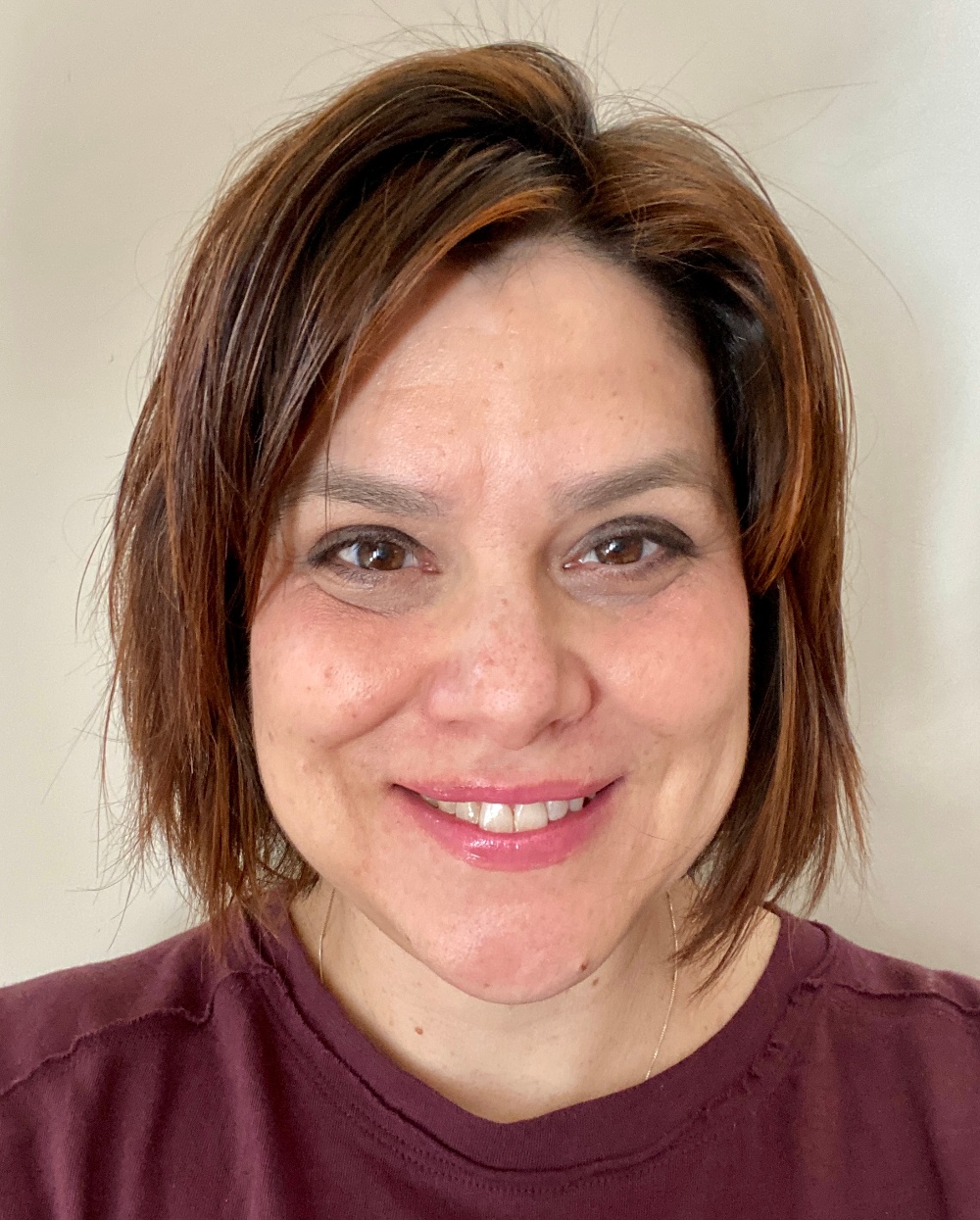Objectives and Key Results (OKRs) were pioneered and popularized by Silicon Valley companies, but have become increasingly widespread among tech and non-tech companies alike. While executives are enthusiastic about OKRs as the vehicle for digital transformation, they don’t always mesh with outdated views of software development.
Because OKRs tie to key business strategy, they’re harder to apply when IT teams are viewed as call centers or order takers who have no visibility or feedback loop to the business. Adopting OKRs can be transformational, as long as organizations understand that in isolation, they’re nothing more than a renamed waterfall performance management technique.
Renowned OKR trainer, speaker, and author Felipe Castro summed up the challenge on a recent podcast when he said,
“We have a tendency of trying to force new tools to our habits instead of actually leaning into the new possibilities of the new tools and changing how we work. So adopting OKRs is never the goal. The goal is to improve performance by changing how you work. If you're not changing how you work, you're missing the point.”
For enterprises seeking this change, OKRs can be a great tool to connect business and technology and measure incremental progress. When combined with value stream management, technology organizations can address the problems created by misaligned priorities, conflicting datasets, complex and heterogeneous infrastructure, excessive technical debt, and inefficient delivery processes.
Let’s review three practical steps for using OKRs effectively.
Step 1: Set an Objective to Measure Baseline Performance
The first step for IT organizations that want to change is to understand their starting point. This means that before anything else can happen, the first objective must be to measure baseline flow and establish the current speed and efficiency at which you deliver strategic initiatives. After all, success will hinge on your ability to execute effectively.
The challenge is measuring large-scale product delivery across an increasingly complex array of technologies and distributed workflows. This is where VSM solutions come into play. They collect data from all contributors, components, and departments across end-to-end value streams and measure flow: speed, velocity, load, and efficiency. Without this baseline, it will be impossible to commit to a set of new objectives.
For example, how can teams affect customer Net Promoter Scores if the people tasked with delivering key features are overloaded, or drowning in defects and outages?
If baseline flow is the objective, the first key result could be as simple as setting a target percentage of value streams that measure flow (perhaps even limited to a specific portfolio). Then, the goal becomes iterative, with an eye to improving that percentage quarter over quarter until all value streams in the organization are included.
| Step 1 Example: | |
| Objective: Baseline flow metrics |
Key Results: 90% of value streams in ABC portfolio are measuring flow |
Step 2: Set an Objective to Align on Business Outcomes
The attempt to measure value streams in Step 1 will trigger all sorts of interesting conversations about the definitions and boundaries of teams, value streams, and products. At the outset, it isn’t critical to get that defined to perfection. Start with good enough!
Lead with your logic and create the best visibility you can into the efforts that must come together to deliver value to your customers (internal or external), starting from a product manager’s earliest commitment to take on the work.
The next objective is to ensure that the leaders, stakeholders, and members of this value stream are jointly accountable for specific business outcomes. Reaching consensus on why a value stream exists will go a long way in determining how to change its flow to achieve its goals. The inevitable negotiations around priorities, tradeoffs, and payback will be much easier with this framework in place.
| Step 2 Example: | |
| Objective: Establish the primary business results |
Key Results: 80% of value streams in XYZ portfolio are tracking business results |
Step 3: Every Quarter, Set Objectives to Continuously Improve Flow to Achieve Specific Outcomes
With both baseline metrics and agreed upon outcomes in hand, you can now start using OKRs to improve flow in support of specific results.
Since Flow Metrics offer an end-to-end view of speed, velocity, efficiency, work distribution, and team capacity for each value stream, they accurately depict bottlenecks and make it clear where you should apply resources.
For example, if your strategic goal is to grow market share, you’ll need to set a specific target around improving Flow Velocity. If you want to improve product reliability, you’ll need to set a goal to address your technical debt through Flow Distribution. OKRs can act as the translator between these strategic objectives and the measurable day-to-day work of the teams delivering to market.
| Step 3 Example: | |
|
Objective:
|
Key Results: Key Results: |
The final tenet of OKRs that must be incorporated at this stage is their fast feedback loop. The digital natives who pioneered them understood that learning and iteration were crucial to success, and intentionally created a quarterly cadence. This timeframe synchronizes with typical budget cycles and ensures that if experiments fail, teams can course-correct quickly.
According to Castro, OKRs “will be imperfect in the beginning”. However, using a combination of value stream management, Flow Metrics, and continuous improvement, organizations can create the conditions and structures that connect teams to broader goals. With a shared understanding of the destination, the journey can begin.
Curious about combining Flow Metrics and OKRs? Join Tasktop CEO, Dr. Mik Kersten, and
OKR specialist, Felipe Castro, on May 24th for a webinar on Transformative OKRs: Translating Business Strategies into Measurable Outcomes. Register today!

Debbie Konrad
Debbie Konrad is Senior Product Marketing Manager at Tasktop. She has more than 15 years of experience in enterprise-level B2B marketing and Sales Operations and is based in Vancouver, BC, Canada.








Comments 0